WE decided to take our coffee to Clapper Bridge but stopped about half a mile before we got there to photograph some foxgloves beside the entrance to Herod Down. I noticed that one of them had a bindweed climbing up to its top. If you find this invasive bindweed growing in the garden it must be removed, roots and all, and not added to the compost bin.
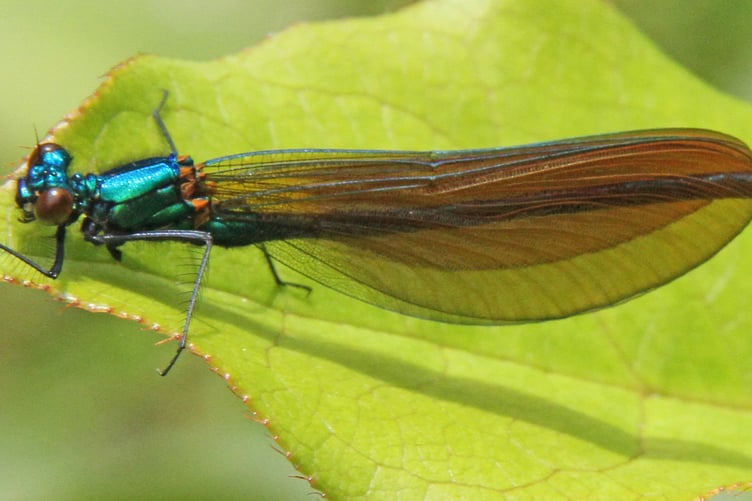
When we got to the bridge, I could see that some of the granites on the bridge walls were missing. Since we moved to Quethiock eleven years ago, we visit the bridge, that straddles the Lynher between the parishes of Quethiock and St Mellion, often and I think this is the fifth time it has been damaged. Although roadside signs approaching the bridge give a seven feet width limit, modern tractors and trailers are a good eight feet wide and scrape the walls of the bridge that has a slight turn on it. In fact the whole bridge is like an ‘S’ bend.
I think by removing two trees beside the bridge, one of which is dead, tractors could ford the river instead of driving over the narrow, very ancient bridge. The River Lynher is only a few inches deep in the summer months, in fact drivers of the local agricultural traffic would see the water level.

I put my idea to Cornwall Council who told me that the Environment Agency took the decision to close off these openings with large tree trunks to prevent vehicles driving into the river. I fail to understand why the agency preferred wide tractors and trailers to travel across the 16th century bridge which is a Scheduled Monument and a Grade 2 Listed Building, instead of fording it. Especially seeing the width limit signs are being ignored.
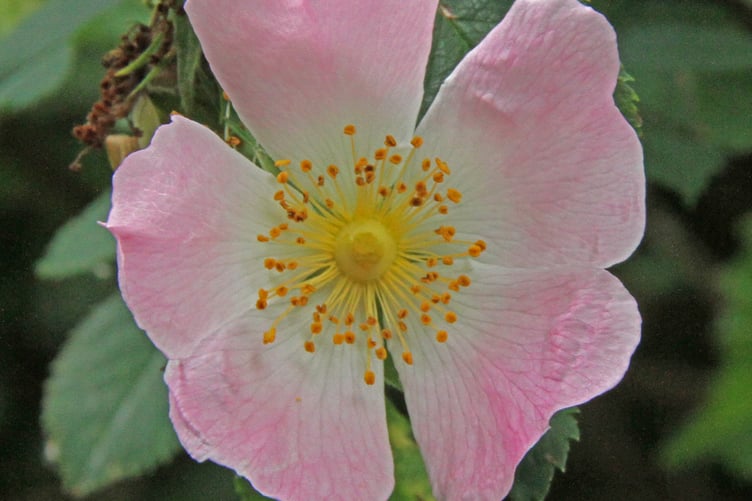
I walked the half a mile down to the weir where the granite and timber gate that controlled the water running down the leat to Pillaton Mill looks to be still in working order although the mill, about a mile and half down in the valley, was shut down many years ago. The beautiful waterfall on the Lynher where there is just a weir now, was probably constructed to provide a permanent depth of water to make sure the mill leat never ran dry when it was needed.

There were a few early purple orchids growing among the weedy bank and a flash of blue turned out to be a beautiful demoiselle damselfly that sat still long enough for me to get a picture. This species favour fast flowing rivers and streams as opposed to lakes and ponds.
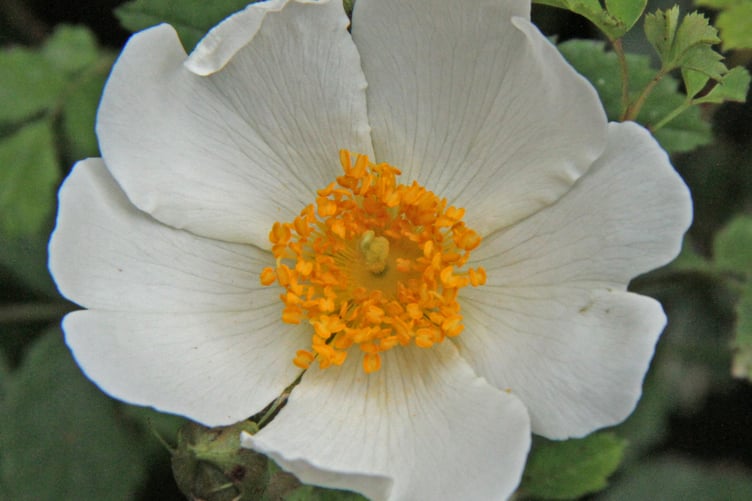
On the way home we stopped on the way up to Blunts where several wild roses were out in bloom. It has always puzzled me why Henry VIII decided on this beautiful pink rose to be our national emblem when it is named the DOG rose. Our women’s rugby team are called the Red Roses, but nothing has been named after the white field rose although a song has been written about it and is occasionally sung at Cornwall’s rugby matches.
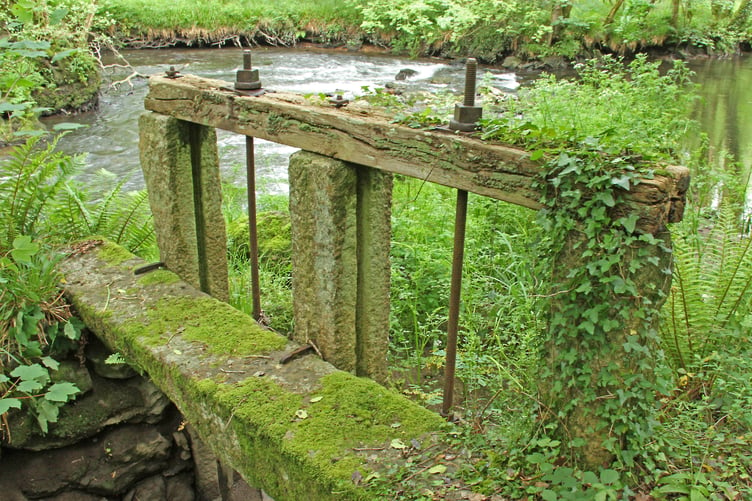
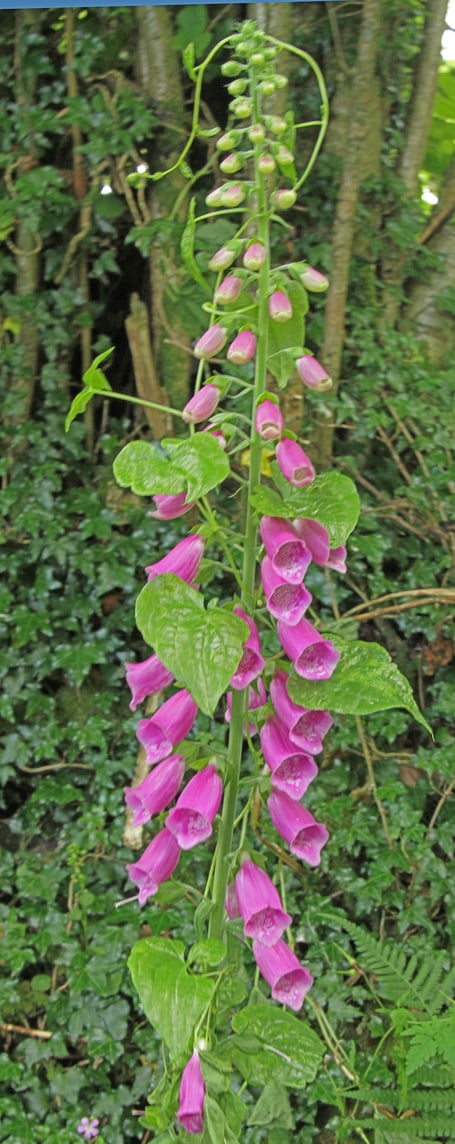

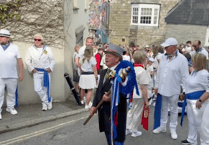

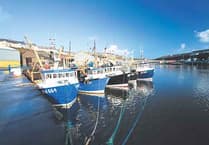
Comments
This article has no comments yet. Be the first to leave a comment.